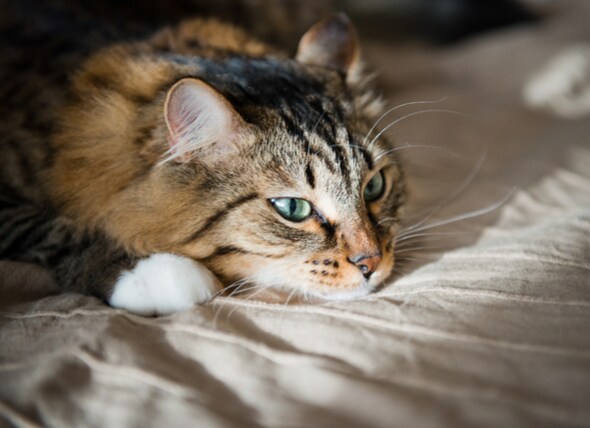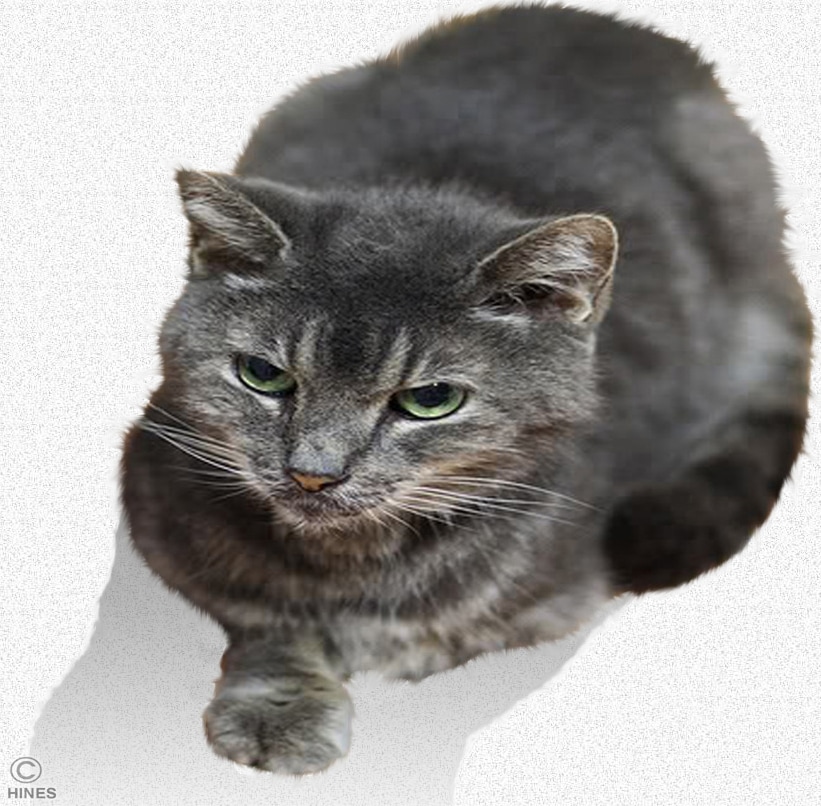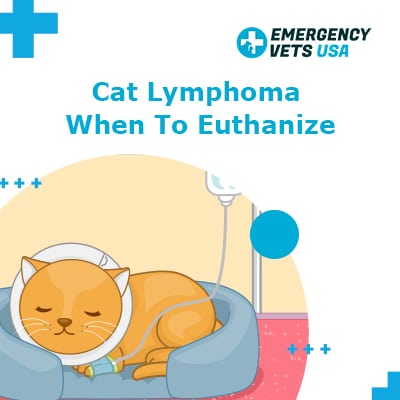alimentary lymphoma in cats symptoms
Currently the most frequently diagnosed form of feline lymphoma is the alimentary or intestinal form. Despite the common prevalence of this disease appropriate diagnosis and treatment can be challenging.
Ad Help keep your pet comfortable in their fight against lymphoma.
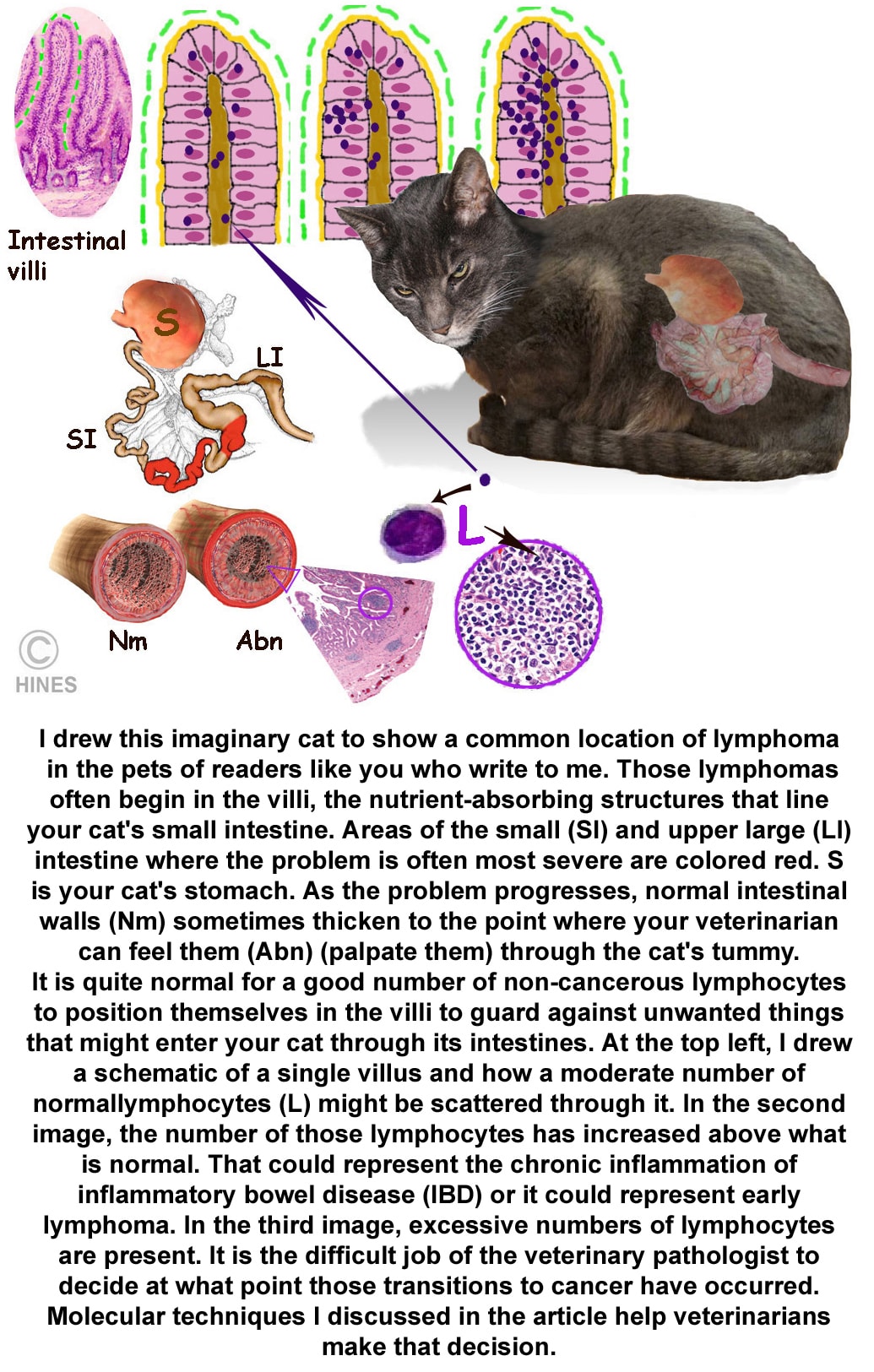
. High grade large cell which is more aggressive or low grade small cell and cats with high-grade lymphoma can get sick within days to weeks whereas cats with low-grade lymphoma get sick over weeks to months. Differentiation of feline inflammatory bowel disease and intestinal small cell lymphoma can be challenging and some clinicians argue that it is unnecessary because prognosis and treatment are similar. Symptoms Gastrointestinal lymphoma accounts for approximately 5 of cases and is less easily diagnosed than the more common multicentric form.
Get NHVs Lymphoma Gold Support Pack Today. There may be subtle or even no signs at all. Depressionextreme lethargy Marked weight loss Noticeable loss of appetite Swollen lymph nodes such as under the arms in jaw or in groin region.
Diarrhea Excessive thirst Excessive urination Lethargy Loss of appetite Nausea and vomiting Weight loss. Intestinal Lymphoma in Cats. Lymphoma in cats is now most commonly seen in the intestines.
The causes are unknown but some factors such as breed genetic factors FeLV in cats and environmental factors can play an important role. Other symptoms of lymphoma include. Alimentary lymphoma is one of the most commonly diagnosed neoplasms of the cat.
Differentiation of feline inflammatory bowel disease and intestinal small cell lymphoma can be cha. Intestinal lymphomas usually cause poor eating weight. Incidence and Causes of Gastrointestinal Lymphoma in Cats.
The median or average age of the cats with alimentary lymphomas is around 10 years old and they are mostly FeLV negative. Alimentary lymphoma is one of the most commonly diagnosed neoplasms of the cat. The incidence of LGAL has increased over the last ten years and it is now the most frequent digestive neoplasia in cats and comprises 60 to 75 of gastrointestinal lymphoma cases.
Given that LGAL shares common clinical. The incidence of this disease has increased significantly over the past 15 years during the post-feline leukemia era. Lymphoma is the most common feline malignant tumor and the alimentary form is the most common seen form.
Common side effects include lowered white blood cell count vomiting and decreased appetite. The incidence of this disease has increased significantly over the past 15 years during the post-feline leukemia era. Weight loss and poor condition Change in thirst usually increased Change in appetite usually anorexia Vomiting and diarrhoea Increased urination Sneezing Coughing Increased respiratory rate effort or noise Nose bleeds and mucus discharge from the nose Facial.
The incidence of alimentary lymphoma between the pets with lymphosarcoma is around 7. Vomiting diarrhoea andor weight loss are common however constipation is also seen reported. Most cats reach a complete remission following the multi-agent protocol and generally survive a pain-free life for about 6 months or longer.
In the authors hospital in Tokyo Japan in the recent years among 43 cases of microscopically confirmed feline lymphoma cases 51 were the alimentary form while FeLV positive anterior mediastinal form accounted for 16. In alimentary lymphoma the clinical signs are those of vomiting diarrhea weight loss. Despite the common prevalence of this disease appropriate diagnosis and treatment can be challenging.
Twenty-seven cats were treated with vincristine sulfate cyclophosphamide and prednisone. Monitoring is required to assess the cat for side effects of treatment though chemotherapy is generally better tolerated in animals than in people. Although this may seem obvious there is surprising variability to the type and severity of signs shown by cats with this condition.
But in humans with Hodgkins disease the lymphocytes involved are a different type of lymphocyte large CD20 B and T cells whereas in cats the lymphocytes involved in. Symptoms of alimentary lymphosarcoma may include. There are two types of lymphosarcoma of the gastrointestinal tract.
Depending on the type of lymphoma other treatments may be needed. One of the many forms of lymphoma that occurs in humans Hodgkin lymphoma is curable about 80 of the times when it is discovered early. Lymphoma in cats is not a curable disease.
However chemotherapy drugs may also affect healthy cells in the gut and digestive tract causing mild temporary loss of appetite fever vomiting diarrhea and loose stools. Diagnosis is made on biopsy either by fine needle aspirate core biopsy or surgical biopsy. Cat typically involves lesions of.
Alimentary form in the. The median or average age of the cats with alimentary lymphomas is around 10 years old and they are mostly FeLV negative. It can become fatal if the tumor is situated near the small or large intestine since it can restrict the passage of bowel and pose health hazards.
Clinical signs included anorexia weight loss vomiting and diarrhea. Signs and symptoms of this form of lymphoma in cats include. In the authors hospital in Tokyo Japan in the recent years among 43 cases of microscopically confirmed feline lymphoma cases 51 were the alimentary form while FeLV positive anterior mediastinal form accounted for 16.
Also environmental factors such as cigarette smoke may. Patients often present with a history of reduced appetite intermittent vomiting and sometimes a palpable mass in the abdomen. Low-grade alimentary lymphoma LGAL is characterised by the infiltration of neoplastic T-lymphocytes typically in the small intestine.

What You Need To Know About Feline Intestinal Lymphoma Vlog 98 Youtube
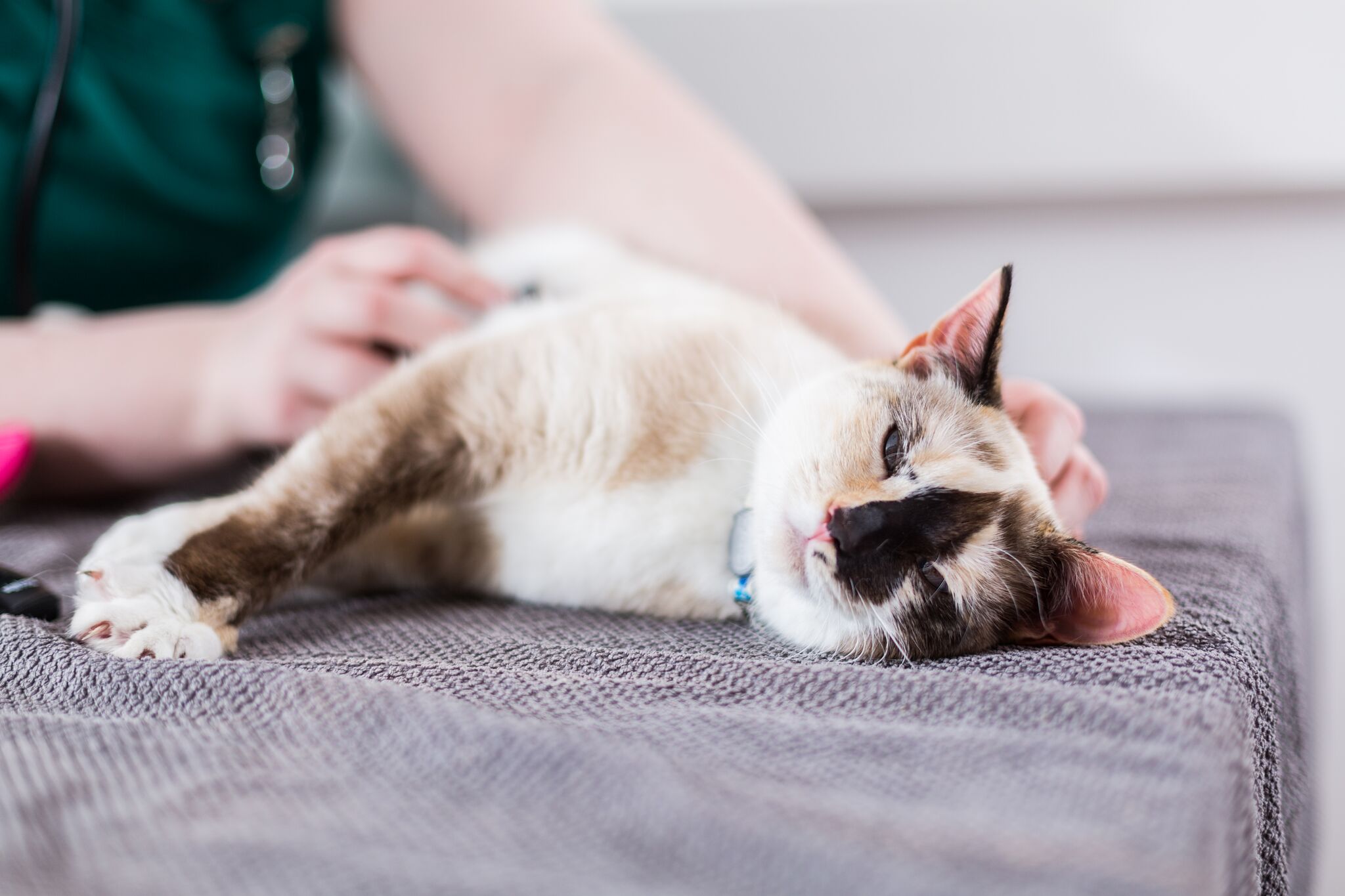
Blog Referral Vets In Leeds Swift Referrals

Read About Gastroenterology In This Article By Sandra Grover

Fur Everywhere Lymphoma In Cats

Lymphoma In Cats Atlantic Veterinary Internal Medicine

Lymphoma In Cats The Conscious Cat
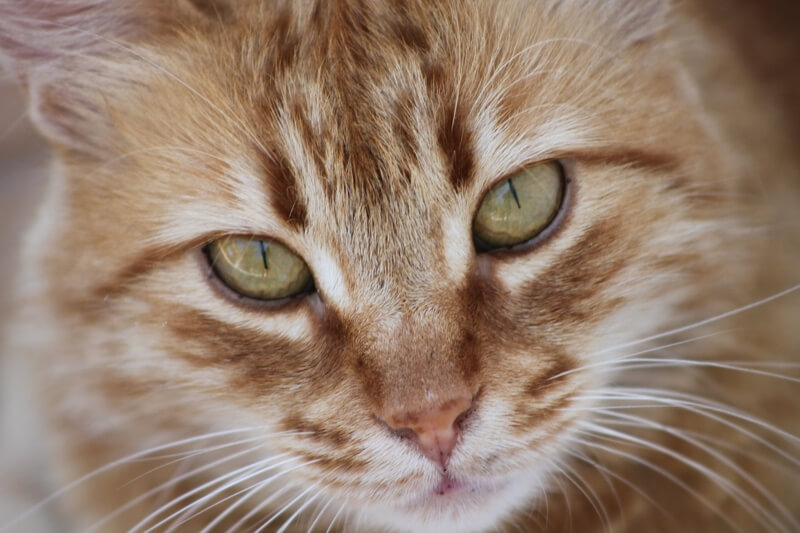
Understanding Lymphoma In Cats

Lymphoma In Cats Veterinary Partner Vin
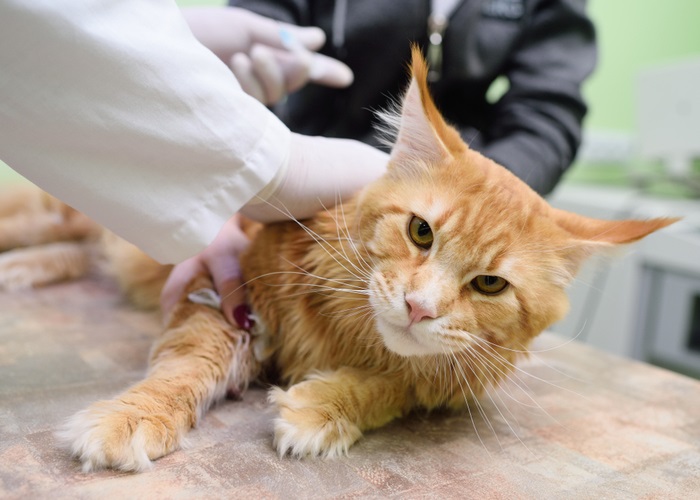
Lymphoma In Cats Symptoms Diagnosis Treatment All About Cats

How To Diagnose Feline Intestinal Lymphoma 9 Steps
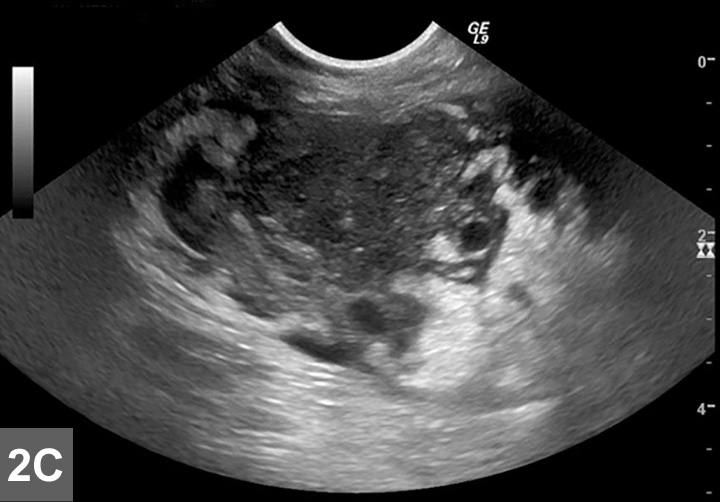
Feline Lymphoma Clinician S Brief

How To Diagnose Feline Intestinal Lymphoma 9 Steps

How To Diagnose Feline Intestinal Lymphoma 9 Steps

Causes And Risks Of Cat Lymphoma And Leukemia Vlog 97 Youtube
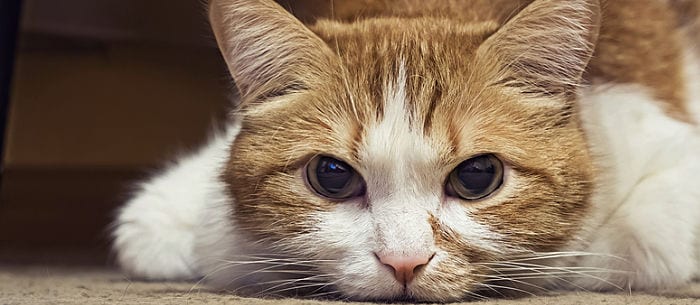
Lymphoma In Cats Everything You Need To Know Care Com Resources
